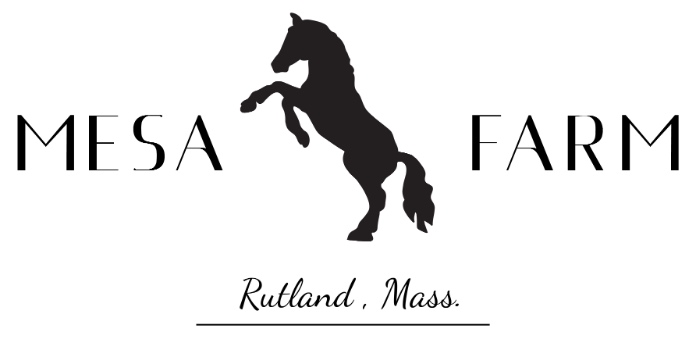March 31, 2020
Monday, May 11, 2020
Share
Horses are doing well. I vaccinated them today with one shot each that gives them resistance to tetanus, sleeping sickness, West Nile virus and influenza.
The shot is given in the neck muscle (A location making it difficult for them to protest by kicking you) and it is important they stand quietly because the cost is nearly $50 per 1cc injection and not to be wasted. They were all good about it (for them it’s like a bad fly bite) and I got done in time to vaccinate the sheep for chlostridium and tetanus.
Sheep get their shot under the skin (subcutaneous) so the easiest way is to roll them onto their rump, straddle them with their front feet in the air (same as how you trim their feet) and then give the 2cc shot through the loose skin by the “armpit” where there isn’t any wool to get in the way. Good thing horses don’t have wool…
I was fortunate to attend a couple local seminars from a California horse expert, Dr. Deb Bennett a number of years ago and I still sporadically read her on-line forum. She is one of the trainers that taught me the importance of straightness and posture for horses and how to “ride the spine”; a phrase familiar to my students. Dr. Deb, as she goes by, was a student of Tom Dorrance, who was a well-known horse trainer who sort of revolutionized the way we work with horses, and was a pioneer is what is often called “natural horsemanship”. In many ways, he brought back some traditional methods of handling and training horses, and looked at things from a horses perspective. Dr. Deb has used her knowledge of anatomy and science to carry on and enhance Tom Dorrance’s work in a way that I feel is more pure horsemanship than some natural horsemanship demonstrations I have seen. Dr. Deb is abrubtly direct in her teaching style but perhaps that is one of the reasons she is such a good horse trainer. You have to clearly communicate with a horse to be successful in training it.
Dr. Deb said in one of her lectures, “It doesn’t hurt a horse to not get ridden”. I was thinking about that last week during this suspension of lessons and agree, that although a horse may lose condition like any athlete, it isn’t necessarily bad for them to not be worked. In fact, I’ve found that when given a little time off they might often start up again with a better attitude and without some of the bad habbits that may have started.. So most of my horses are getting a break from riding just now; and the experienced ones should be ready to go when we’re all ready. Of course extra-clever horses like Divinci might need a couple days of riding to work out a thing or two.
I decided to take advantage of this “no lesson” time to give Tucker and Charlie some exercise and continue their training so I’ve been riding daily for the past few days. It only took a couple minutes of riding for me to realize how much I’d missed it so to my students “I feel your pain”. My favorite part of riding is training a horse something new and they get that “ah-ha” moment when you know they understand and willingly comply with what you asked. That result with students might be my favorite part about being a riding instructor as well. So, along with other farm happenings, I think I’ll try to share some of my training philosophy and techniques and the process of working with Tucker and Charlie and their progress through these updates.
Meanwhile, all you students should do an on-line seach of “exercises for horseback riders” so you’ll be physically ready when we can start up again.
First photo: Tucker and Charlie enjoying a good roll and dust bath after a couple rainy days.
Second photo: Some of the herd, perhaps wondering when their riders are coming back.

